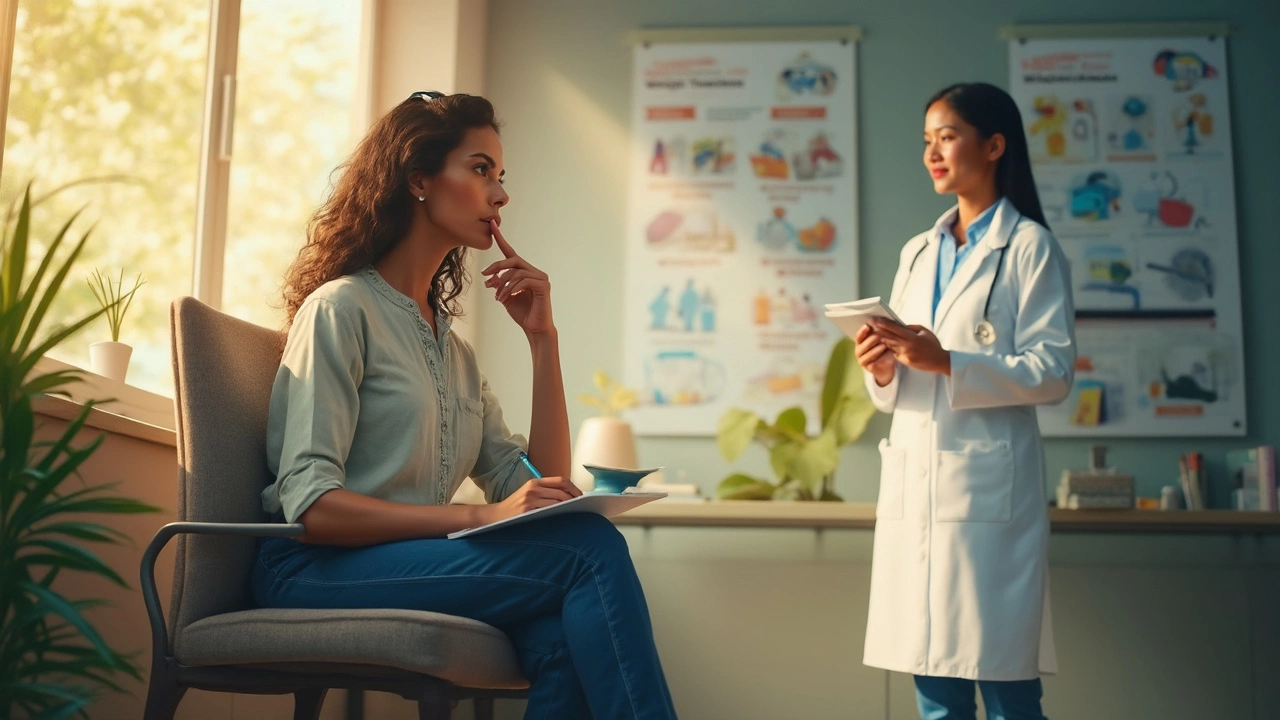Prescription Basics and How to Get Your Medication Right
Ever wondered what a prescription really means? In simple terms, it’s a doctor's written order that lets you pick up a specific drug from a pharmacy. The paper (or digital note) tells the pharmacist the drug name, dose, and how often to take it. Without it, most medicines stay locked away for safety reasons.
Prescriptions aren't just for serious illnesses; they cover everything from antibiotics to allergy pills. When you get one, double‑check the drug name, strength, and frequency. A tiny typo can change the whole treatment, so keep the note safe and bring it exactly as you received it.
Understanding Prescription Basics
Most doctors issue prescriptions electronically now. That means the info goes straight to a partnered pharmacy, and you just need an ID to pick it up. If you prefer a paper copy, ask the doctor to print it. Either way, you’ll see the drug’s brand name, generic name, dosage, and the total amount you can collect.
Never share your prescription with anyone else. The dosage is tailored to you – your weight, age, and other meds matter. If a friend asks for a pill, say no. Sharing can cause harmful interactions or legal trouble.
Buying Prescription Drugs Online Safely
Online pharmacies sound convenient, but not all are legit. A safe site will require a valid prescription before letting you order. Look for a pharmacy license number or a seal from the National Medical Council of India. If the site lets you buy without a prescription, walk away.
Check reviews, but don’t rely solely on star ratings. Real users often mention delivery times, packaging, and whether the medicine matches the label. A trustworthy shop will ship in sealed, tamper‑evident packaging and include a copy of the prescription for your records.
Payment safety matters too. Use credit cards or secure payment gateways that offer fraud protection. Avoid direct bank transfers to unknown sellers – that’s a red flag for scams.
When your medicine arrives, inspect the bottle. Look for the correct branding, expiry date, and batch number. If anything feels off, contact the pharmacy immediately and keep the packaging for evidence.
Storing your meds properly extends their effectiveness. Most pills need a cool, dry place away from sunlight. Some liquids require refrigeration. Follow the label instructions, and don’t mix different drugs in one container.
Finally, keep a medication list. Write down each drug’s name, dose, and when you take it. Share this list with any new doctor or pharmacist. It helps avoid accidental duplicate prescriptions and keeps your health team on the same page.
Prescriptions are a bridge between doctor advice and real health improvement. By understanding the basics and choosing safe online pharmacies, you protect yourself and get the best results from your meds. Stay informed, stay cautious, and let your prescription work for you.






